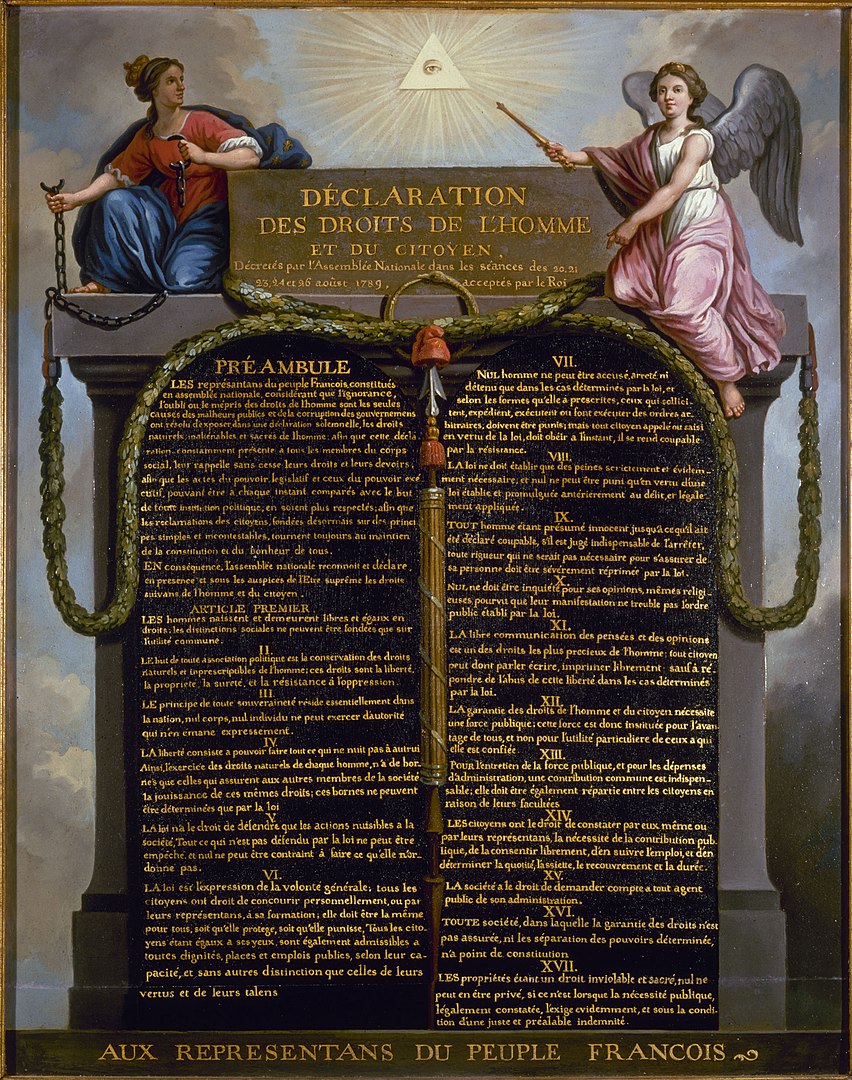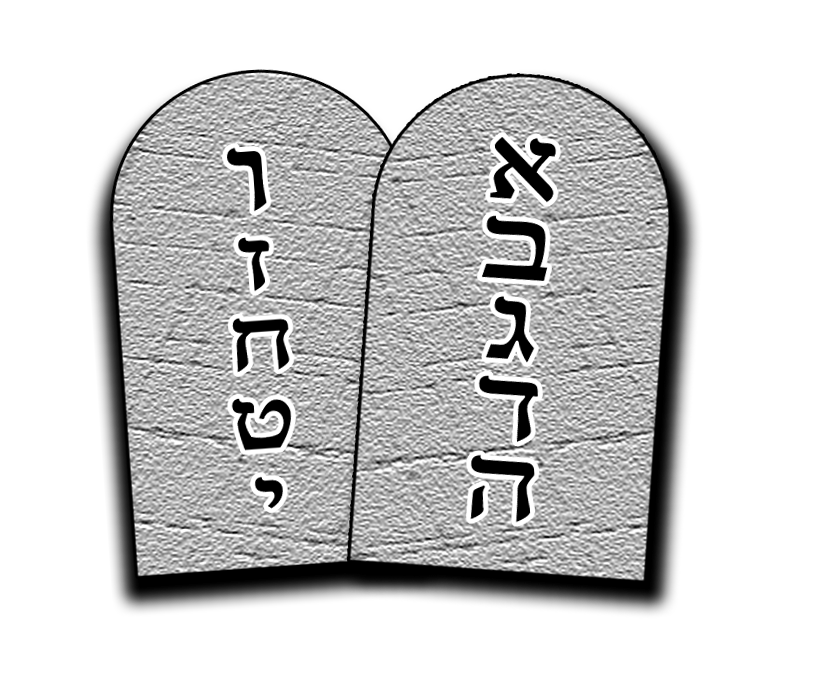France | Revolution
The Declaration of the Rights of Man
Published: 9 February 2020
Examining the visual elements on the Declaration of the Rights of Man and Citizen
Introduction
When French citizens broke with the estates general and established a new National Assembly, they issued the Declaration of the Rights of Man and Citizen.
The basic premise of the plaque is that every citizen is equal to the law. For that same reason, the new parliament had abolished the king's legal power and instituted a constitutional monarchy (the king abides by the law and is checked by parliament).
The Enlightenment
The inspiration for the decrees on this Declaration is undoubtedly linked to the Enlightenment. The Enlightenment movement was concurrent with the French Revolution, and it stood for rational thinking above all. It was a reaction to dogmatic structures such as the state and church. Instead of uncritically listening to the word of those institutions, a man should think individually; that leads to happiness.
You can notice the influence of the enlightenment on this plaque. For instance, renowned enlightenment thinkers such as Abbé Sieyès and Thomas Jefferson worked on this declaration.
Visual elements

The Declaration of the Rights of Man and Citizen (from 1789)
The declaration was presented in the form of a plaque, and it hosted 17 articles.
But, there is much more to this plaque than a mere collection of decrees. Let us explore these visual elements:
The ten commandments
The double arches above the text point to the ten commandments, and you can see such a shape recurring in many churches.
The radiant triangle above these arches represents God, who stands higher than anything else on this image.
The triangle and the eye in it stands for the purity of creation and God's observation on Earth.

An example of the double-arched ten commandments.
Architecture
The Declaration is surrounded by the columns of a building, which stands for 'foundation'. The architectural style hints towards antiquity, a time period that was highly esteemed in the Enlightenment. Enlightenment thinkers and artists loved to refer to ancient times since philosophy, democracy and ideas about the state were quite well developed. The Enlightenment thinkers believed that copying this ancient 'cradle of civilization' would revert what had posteriorly gone wrong in the church and state.
Two figures
The two figures on each side of the declaration are perhaps hard to place. The figure on the left breaks shackles and the other has the wings of an angel. But, there is probably more to them: such figures standing on opposite sites of the building hint towards Boaz and Jachin. These were two bronze-like pillars that stood in front of king Solomon's temple (the first Temple in Jerusalem). The name Boaz stands for strength in Hebrew, and Jachin stands for '(s)he will establish'.
The spear
The central spear is frankly hard to place. The only meaning I could think of, is that it is a 'fasces' in the form of a spear. The fasces was a Roman emblem standing for strength and victory. Like the spear on the image, the fasces has a handle that is a bundle of wood and a bottom-end of solid wood.
For the people
At the bottom of the image, we see the text 'Aux representans du peuple Francois'. It means 'to the representatives of the French people' and forms the fundament of the building we discussed. The French Revolution was a protest of the people; they wanted to reclaim the power that the established order (clergy, noblemen and king) had over them. That is why this text is so clearly added on this declaration. It stands for the sovereignty of the people; a principle that is still paramount in Western democracies and discussions today.
Conclusion
These are some elements that the Declaration of the Rights of Man and Citizen hosts. Perhaps these visual elements showcase the spirit of the French Revolution better than the articles ever could.